Embattled Balochistan is now up against a different foe
Besides political and economic woes, province now hit by climate change in the form of droughts, cyclones and floods
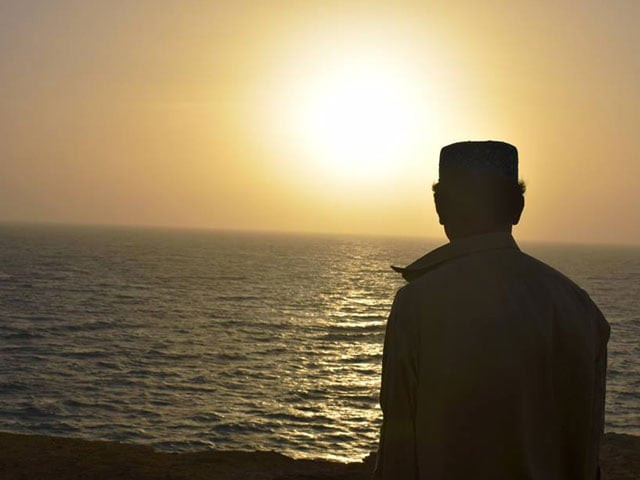
The natural phenomenon has badly affected Lasbela and Gwadar with cyclones, floods amidst drought. PHOTO: HASSAN HAYAT
“Over the past few years, Balochistan has been hit hard by drought due to insufficient rains, making life harder for many. Here, the temperatures have gone up. I fear, if the trend continued, it will badly affect the natural resources on which most of the people, including me, solely depend upon,” said Ayoub.
Climate change: Balochistan hit by abnormal weather
Pakistan continues to remain under a strong influence of climate change even this year. However, the situation is alarming in the highly neglected province of Balochistan, creating uncertainty among the locals. June 2017 was the third-hottest June on record in the country, the first and second being the Junes of 2015 and 2016, according to the National Oceanic and Atmospheric Administration.
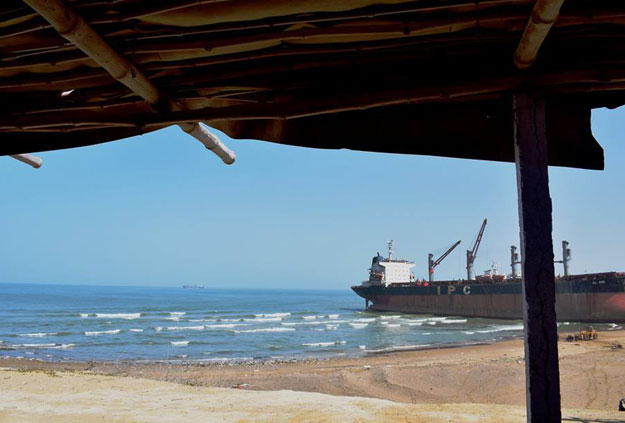 PHOTO: Hassan Hayat
PHOTO: Hassan HayatFor experts, the changeability in the weather is a manifestation of climate change. Despite numerous studies highlighting that Pakistan contributes negligibly to greenhouse gas emissions – the major contributor to climate change – even then, it stands among the top 10 nations vulnerable to the phenomenon, as testified by Germanwatch report Global Climate Risk Index 2017.
According to studies, Lasbela and Gwadar – two coastal districts of Balochistan – are the areas worst affected by climate change, upsetting natural resources and influencing the social fabric of the people living in these areas.
Cyclones
Since 2007, the coastal belt in Balochistan has been experiencing an increased number of above average and intense cyclones, for instance, Cyclone Gonu (2007), Cyclone Yemin (2007) and Cyclone Phet (2010).
 PHOTO: Hassan Hayat
PHOTO: Hassan HayatCyclone Gonu, also known as ‘Super Cyclonic Storm Gonu’ was the strongest recorded tropical cyclone in the Arabian Sea. It managed to collide with parts of Gwadar on June 4, 2007 and damaged over 200 fishing boats in the coastal town of Sur Bandar. The same year, Cyclone Yemyin, famed as the Tropical Cyclone 03B, made its second landfall on June 26, near Ormara and Pasni towns of Gwadar. At least 380 people were killed while some 250,000 people were homeless after the cyclone flattened their homes. Cyclone Yemyin also displaced almost 300,000 people.
Drought
A major climatic factor impeding the development of Balochistan is the recurring drought, which has severely affected both Lasbela and Gwadar in the recent years. The effects of this phenomenon are so prominent in the province because it results in reduced crop output, depleting water levels and increased livestock and wildlife mortality rates in the province.
Honey production suffers as climate change causes sharp decline in bee population
According to a recent drought risk assessment study in Balochistan, conducted by the United Nations Development Programme Pakistan, almost 60 to 70 per cent population is projected to be at direct or indirect risks from droughts in the area. Droughts have led to, as high as, 37 per cent average livestock losses only in Lasbela. The dry conditions in Lasbela and Gwadar have been forcing locals to excessively abstract groundwater to sustain agriculture, declining groundwater by more than 250 feet. Because of this, the seawater is also making the groundwater saline, thus affecting agriculture and forcing farmers to seek other livelihood options.
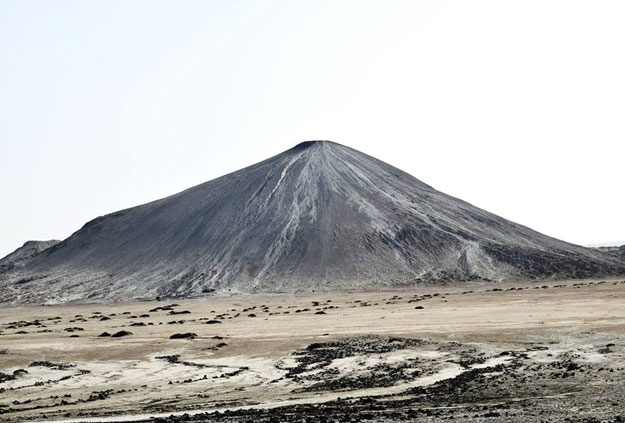 PHOTO: Hassan Hayat
PHOTO: Hassan HayatAccording to a rough estimate, thousands of members of the local communities have migrated to other areas from Lasbela and Gwadar in search of sweet water and better livelihood options. The Lyari village is among many other villages in Lasbela that suffered the wrath of lesser rainfalls and salinity, as up to 90 per cent of the village population has migrated in search of better livelihood options.
Floods
Unfortunately, floods present a story of missed opportunities to capture a much-needed water resource for agriculture and daily use. The coastal districts of Balochistan have three main river basins: Gwadar-Ormara basin, Porlai River basin and Hub River basin. During monsoon, these basins over spill small dams and reservoirs after getting flooded. The coastal communities, in the catchment areas and floodplains, live in a constant fear that a new wave of fresh floods will wash away their homes and other properties including livelihoods.
Adapting to change: Climate change policy sent to govt for approval
During the 2007 floods in Lasbela, heavy rain damaged over 40 per cent of the health facilities. In the past, rains had washed away sections of the Makran Coastal Highway, roads and bridges, causing losses of millions to the national exchequer.
Sea intrusion
Among the major climatic issues the coastal communities in Balochistan face, a surge in sea level has emerged as a threatening one. The sea is intruding inland and encroaching upon their properties and even farming land. Over the last few decades, millions of hectares of land have been lost due to this phenomenon. The most-affected areas along the Makran coast include Dam Bander, Pasni, Sub Bander, Pashukan and Jiwani.
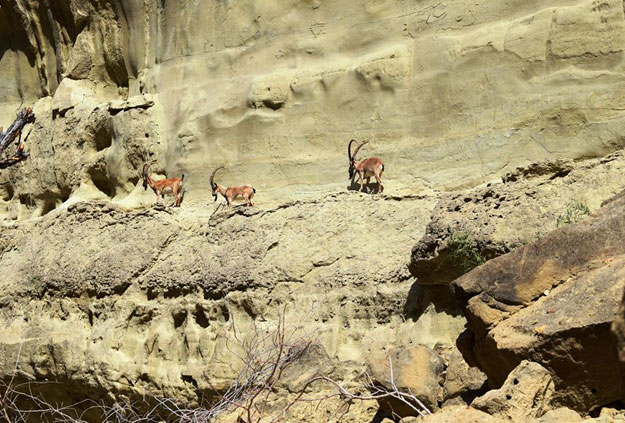 PHOTO: Hassan Hayat
PHOTO: Hassan HayatPakistan passes climate change act, reviving hopes and scepticism
A study by the World Wide Fund for Nature-Pakistan (WWF-Pakistan) recently revealed that climate change had led to an annual sea level rise of 1.1 mm along with a countrywide average increase in temperature by 0.12 degrees centigrade annually – a clear sign that global warming is a reality. The Inter-Governmental Panel on Climate Change has already also warned that the sea level already went up to 10 to 25 cm (4 to 10 inches) in the past century and is a major threat to low-lying island countries and cities, which will be flooded if the sea level goes up by only a few feet.
The coastal erosion has been exacerbated by deforestation of mangrove forests, already under pressure from fuel wood and timber mafia in Balochistan. From 1990 to 2015, the Food and Agriculture Organisation’s Global Forest Resources Assessment 2015 report discovered that Pakistan experienced its highest rates of deforestation at 2.1 per cent on an average, which also includes the felling of mangrove forests.
Climate change is a complex issue and may not be resolved overnight since a multi-pronged strategy is required to deal with it. However, determination is the key to fight climate change.
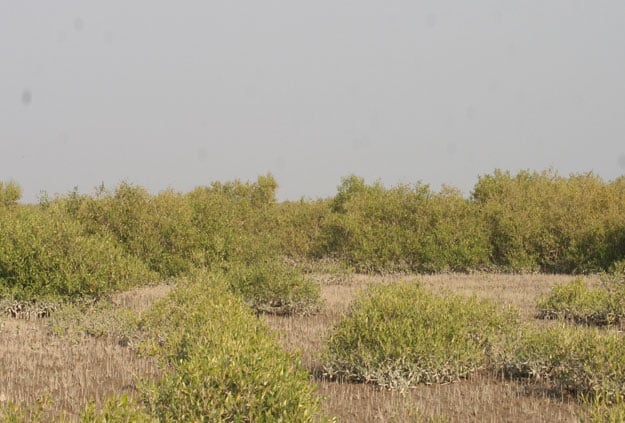 PHOTO: Syed Muhammad Abubakar
PHOTO: Syed Muhammad AbubakarUnquestionably, the Makran coast is exposed to the climatic shocks. The situation here can deteriorate unless the government takes actions to improve mangrove forest cover, increase freshwater flow downstream to control sea intrusion and build biological structures to control flooding. In addition, introducing alternate energy options, compensating climate affected communities, building water storage facilities to deal with droughts and presenting drought resistant and saline crop varieties can be helpful too.
It is important that the locals know about the climate change, which will help the community-based disaster risk management to minimise impacts of natural disasters. Most importantly, research around climate change, to boost adaptation from the policy to the local level should be conducted.
Syed Muhammad Abubakar is an international award-winning environmental writer with an interest in climate change, deforestation, food security and sustainable development. He tweets @SyedMAbubakar and can be reached at s.m.abubakar@hotmail.com



















COMMENTS
Comments are moderated and generally will be posted if they are on-topic and not abusive.
For more information, please see our Comments FAQ